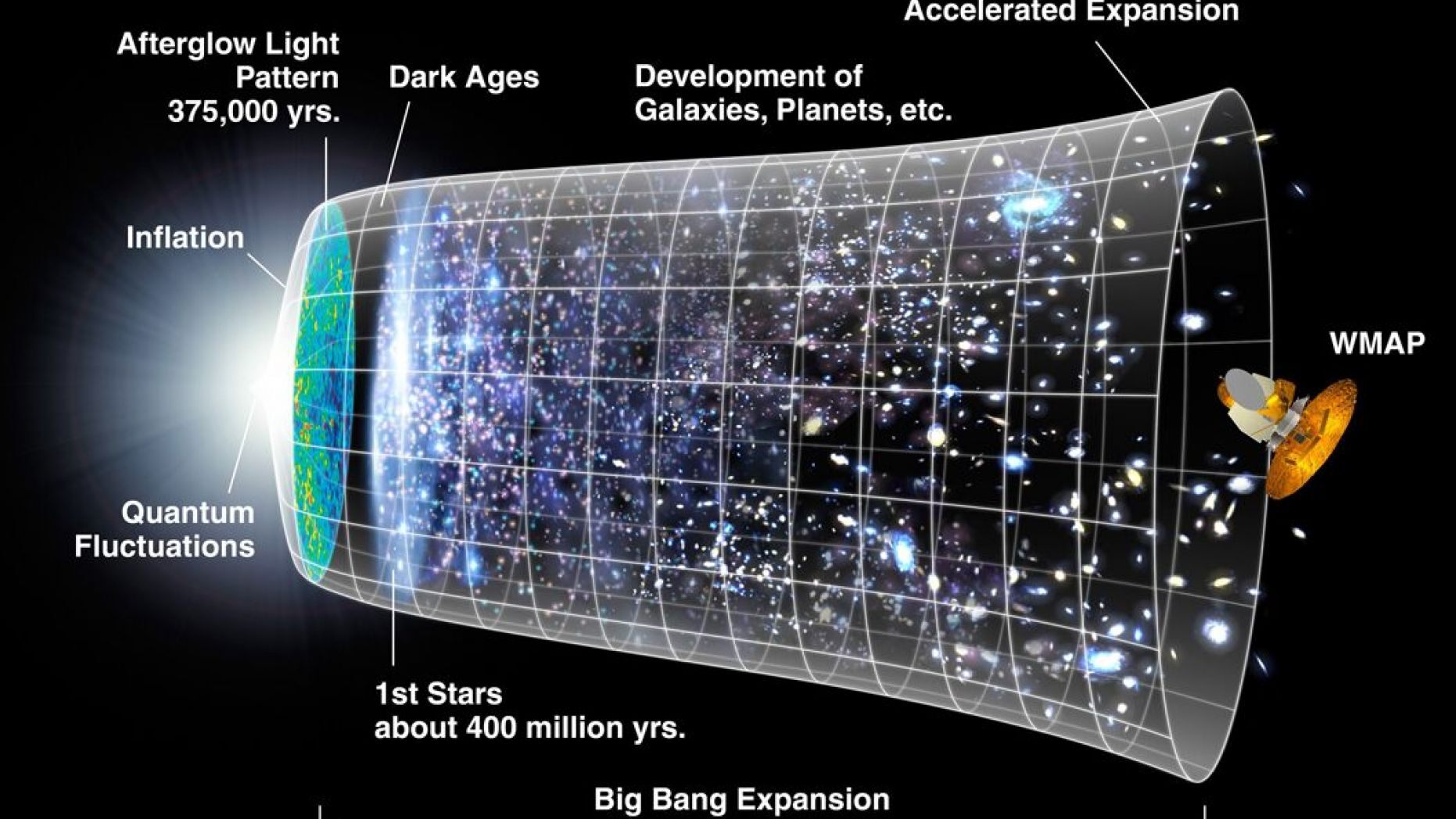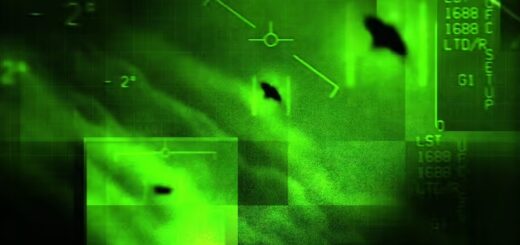Alien life an almost certainty, expert says

NASA is committed to finding life in the universe and a new study suggests it “could be common,” when taking into account how life’s building blocks spontaneously form throughout the universe.
The research, published in Scientific Reports, notes that RNA (ribonucleic acid) is relatively simple compared to DNA (deoxyribonucleic acid), requiring approximately 40 to 100 nucleotides for life to exist.
“Given sufficient time, nucleotides can spontaneously connect to form RNA given the right chemical conditions,” a statement accompanying the research reads. “But current estimates suggest that magic number of 40 to 100 nucleotides should not have been possible in the volume of space we consider the observable universe.”
‘ORANGE DWARFS’ COULD BE BEST PLACE IN UNIVERSE TO LOOK FOR ALIENS
“However, there is more to the universe than the observable,” said the study’s lead author, Tomonori Totani, in the statement. “In contemporary cosmology, it is agreed the universe underwent a period of rapid inflation producing a vast region of expansion beyond the horizon of what we can directly observe. Factoring this greater volume into models of abiogenesis hugely increases the chances of life occurring.”
It’s believed the number of stars in the observable universe is estimated to be 10 sextillion, but that could be as high as 10 googol, “thanks to rapid inflation,” which would make the existence of RNA structures “practically inevitable.”
“Like many in this field of research, I am driven by curiosity and by big questions,” Totani added. “Combining my recent investigation into RNA chemistry with my long history of cosmology leads me to realize there is a plausible way the universe must have gone from an abiotic (lifeless) state to a biotic one. It’s an exciting thought and I hope research can build on this to uncover the origins of life.”
A diagram to show the inflationary history of the universe. (Credit: NASA CC-0)
A diagram to show the inflationary history of the universe. (Credit: NASA CC-0)
NASA: ANCIENT MARS OASIS COULD HAVE SUPPORT LIFE
In February, the SETI Institute announced they are working on new techniques to spot “technosignatures” that could potentially indicate the presence of an advanced civilization. Technosignatures are defined as “potentially detectable signatures and signals of the presence of distant advanced civilizations,” according to NASA.
In September 2018, the $200 million Transiting Exoplanet Survey Satellite (TESS) found its first exoplanet, and in April 2019, it found its first Earth-sized planet.
More than 4,000 exoplanets have been discovered by NASA in total, approximately 50 of which were believed to be potentially habitable as of September 2018. They have the right size and the right orbit of their star to support surface water and, at least theoretically, to support life.



 Creators of mankind
Creators of mankind Description of “Tall white aliens”
Description of “Tall white aliens” Where they came from?
Where they came from? About hostile civilizations
About hostile civilizations The war for the Earth
The war for the Earth “Tall white aliens” about eternal life
“Tall white aliens” about eternal life Video: “Nordic aliens”
Video: “Nordic aliens” Aliens
Aliens Alien encounters
Alien encounters The aliens base
The aliens base UFO
UFO Technology UFO
Technology UFO Underground civilization
Underground civilization Ancient alien artifacts
Ancient alien artifacts Military and UFO
Military and UFO Mysteries and hypotheses
Mysteries and hypotheses Scientific facts
Scientific facts


















